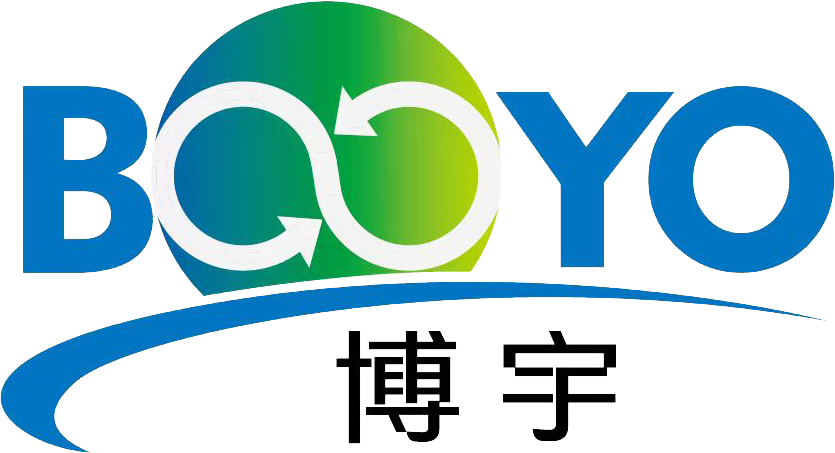
Our News
Find out about our latest news here.
Latest News
- ▶ Large Shell and Tube Condenser for Power and Process Industries
- ▶ Shell and Tube Heat Exchanger Cost Estimate: A Complete Guide for Buyers
- ▶ Iraqi Client Visited Boyu Industry for Technical Inspection of Condensers and Process Columns
- ▶ Shell and Tube Heat Exchanger Manufacturers: Key Factors for Choosing the Right Supplier
- ▶ Applications of Shell & Tube Heat Exchangers in MEG Packages (Monoethylene Glycol Systems)
- ▶ High-Efficiency Surface Condenser Solutions:
Message
Scaling Problems and Challenges in Coastal Power Plants
One of the main challenges faced by heat exchangers in coastal power plants is scaling. Seawater contains a high concentration of minerals, such as calcium and magnesium, which can precipitate at high temperatures and pressures to form scale on the heat exchanger surfaces. As the scale accumulates, it significantly reduces the heat transfer efficiency of the exchanger. The presence of scale on the heat exchanger surfaces not only diminishes the heat transfer capacity but also leads to overheating, equipment failure, and a marked decline in system performance.
In addition to scaling, coastal power plants are also exposed to high humidity and corrosive salt fog, which can exacerbate equipment corrosion, especially for metallic materials. The spiral plate heat exchangers, in particular, are susceptible to both scaling and corrosion due to the combination of these harsh environmental factors.
Advantages of Stainless Steel Spiral Plate Heat Exchangers
To address the unique challenges of scaling and corrosion in coastal power plants, stainless steel spiral plate heat exchangers are an ideal solution. The use of stainless steel offers numerous advantages that help mitigate these issues:
Strong Corrosion ResistanceStainless steel is renowned for its exceptional resistance to corrosion, particularly in the presence of chlorides and other corrosive elements found in seawater. It can effectively withstand the corrosive effects of seawater, extending the lifespan of heat exchangers in harsh coastal environments. Compared to traditional carbon steel or alloys, stainless steel is better equipped to handle the high humidity and salt-laden air, reducing the likelihood of corrosion-related failures.
Reduced Scaling RiskThe smooth surface of stainless steel and its high-temperature resistance make it less prone to scale formation. The minerals in seawater, including calcium and magnesium, tend to form scale when exposed to high temperatures. However, the surface characteristics of stainless steel make it difficult for scale to adhere, which significantly slows down the buildup of deposits. This helps maintain the heat transfer efficiency of the spiral plate heat exchanger over time.
Enhanced Mechanical PropertiesStainless steel not only offers corrosion resistance but also possesses excellent mechanical strength and wear resistance. These properties allow stainless steel spiral plate heat exchangers to withstand the turbulent flow of fluids within the exchanger, minimizing wear and tear. The turbulent flow, which is essential for heat transfer, can also lead to erosion of the heat exchanger surfaces, but stainless steel helps reduce this process, ensuring stable operation over the long term.
Oxidation ResistanceCoastal power plants are exposed to salt fog, which can promote oxidation and further accelerate corrosion. Stainless steel’s resistance to oxidation protects the heat exchanger surfaces from the formation of oxidized layers, ensuring the equipment’s longevity and continued performance. This protective characteristic also prevents the accumulation of contaminants on the surface, reducing the likelihood of scaling.
High Thermal ConductivityWhile stainless steel does not have the same thermal conductivity as materials like copper, it offers a good balance of thermal performance and structural stability at high temperatures. In the high-temperature conditions typical of coastal power plant operations, stainless steel maintains its heat transfer capacity and performance. This ensures that the heat exchanger remains effective even when subjected to the challenges of scaling and corrosion.
Maintenance and Preventative Measures
Despite the advantages of stainless steel spiral plate heat exchangers in combating scaling, regular maintenance is still necessary to ensure their long-term efficient operation. The following maintenance measures are recommended:
Regular Inspection and CleaningEven though stainless steel is resistant to scaling, periodic cleaning and inspection are crucial. Regular checks for scaling and mineral deposits in the spiral plates can prevent any build-up from affecting heat transfer efficiency. Common cleaning methods include chemical cleaning or mechanical brushing, depending on the extent of scaling.
Water Quality TreatmentGiven the high mineral content in seawater, water treatment systems are essential for reducing the hardness of the water used in the plant. By installing proper water treatment equipment, such as softeners or reverse osmosis systems, the concentration of scaling minerals can be significantly reduced, lowering the risk of scale formation on the heat exchanger surfaces.
Salt Fog ProtectionThe exposure to salt fog can cause rapid corrosion of metal surfaces, including stainless steel. To combat this, protective coatings or enhanced corrosion-resistant materials should be used to further protect the heat exchanger. Regular maintenance and inspections to monitor for signs of corrosion can also prevent salt fog damage.
Conclusion
Stainless steel spiral plate heat exchangers offer significant advantages for coastal power plants by addressing the dual challenges of scaling and corrosion. Their excellent corrosion resistance, reduced scaling tendencies, enhanced mechanical properties, and oxidation resistance make them an ideal solution for the harsh coastal environment. By combining stainless steel with regular maintenance and effective water treatment practices, coastal power plants can ensure the continued high efficiency and longevity of their heat exchangers, optimizing their operations even in the most challenging conditions.
PROFESSIONAL CONSULTATION
If you are interested in our products and want to know more details, please leave a message here, we will reply you as soon as we can.